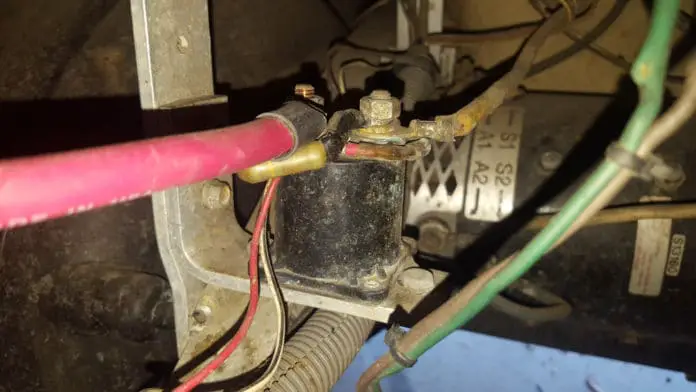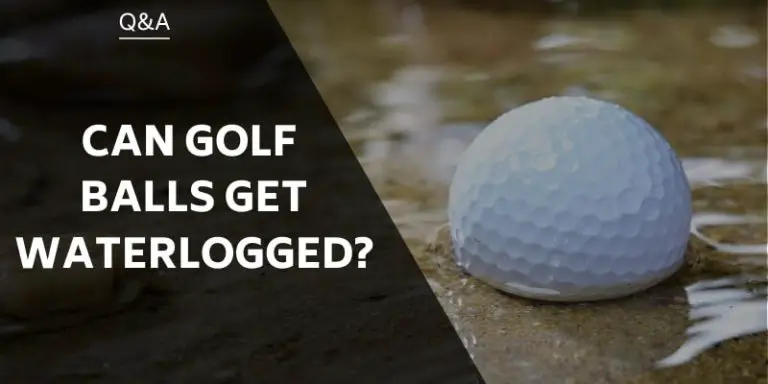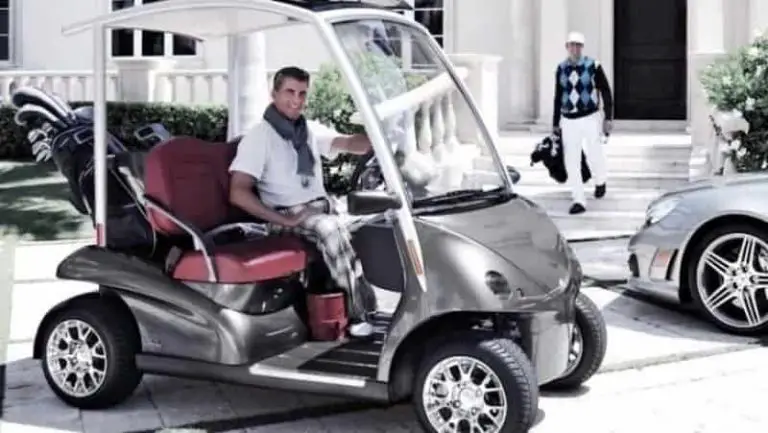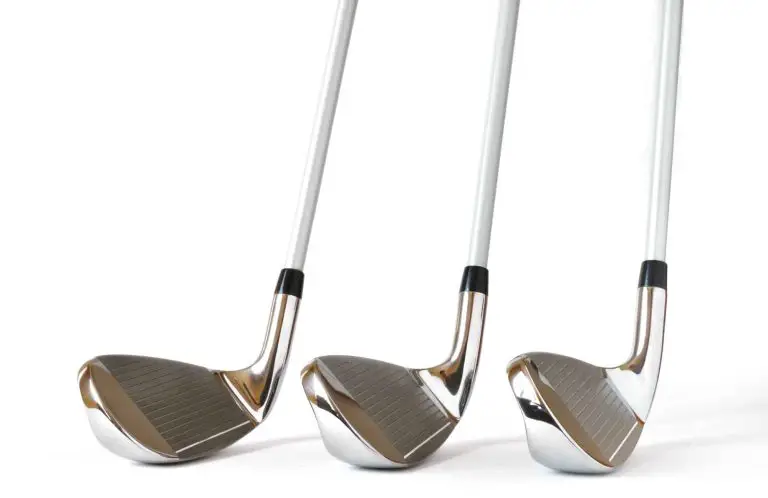How Do I Know If My Golf Cart Solenoid is Bad

Golf carts are a convenient and environmentally friendly mode of transportation for short distances. They are widely used in golf courses, parks, and other recreational areas. However, like any vehicle, golf carts require proper maintenance to function correctly. The electrical system is an essential component of a golf cart, and the solenoid is a critical part of that system. A bad solenoid can cause a lot of problems, but how do you know if it’s bad?
If you’re experiencing issues with your golf cart, such as difficulty starting, loss of power, or a complete failure of the electrical system, it’s crucial to diagnose the problem correctly. The solenoid is responsible for engaging the starter motor and controlling the flow of electricity between the battery and the motor. A faulty solenoid can cause these issues, but it’s not always easy to determine if the solenoid is the problem.
In this article, we’ll discuss how to know if your golf cart solenoid is bad. We’ll explore the signs of a faulty solenoid and provide you with steps for testing and replacing it. We’ll also discuss preventive maintenance tips to help you extend the life of your solenoid and avoid costly repairs. By the end of this article, you’ll have a better understanding of your golf cart’s electrical system and be able to identify and fix solenoid issues quickly.

What is a Golf Cart Solenoid, and Why is it Important?
A golf cart solenoid is an electro-mechanical device that controls the flow of electricity between the battery and the motor. The solenoid is responsible for engaging the starter motor to start the engine. It is located in the golf cart’s electrical system, and it is an essential component for the golf cart’s functionality.
A bad solenoid can cause a lot of problems for the golf cart, such as difficulty starting, loss of power, or a complete failure of the electrical system. Therefore, it’s important to be aware of the signs of a faulty solenoid.
Signs of a Faulty Solenoid
There are a few symptoms that can indicate a bad solenoid in a golf cart. These include:
- Difficulty Starting: One of the most common signs of a bad solenoid is difficulty starting the golf cart. When you turn the key, you may hear a clicking sound, but the engine won’t start.
- Loss of Power: A bad solenoid can also cause a loss of power in the golf cart. You may notice that the cart is slower than usual, or it won’t go up hills.
- Complete Failure: In some cases, a bad solenoid can cause a complete failure of the electrical system. If none of the lights or accessories work, it could be a sign of a bad solenoid.
If you notice any of these symptoms, it’s essential to test the solenoid to confirm that it’s faulty.
Testing a Golf Cart Solenoid
Testing a golf cart solenoid is a relatively simple process, and it doesn’t require any specialized tools. However, it’s important to follow the proper steps to ensure an accurate diagnosis. Here’s how to test a golf cart solenoid:
Tools Needed:
- Multimeter
- Wrench or socket set
Steps for Testing a Solenoid:
- Park the golf cart on a level surface and turn off the ignition.
- Locate the solenoid, which is typically near the batteries or the motor.
- Remove the wires that connect to the solenoid terminals. Take note of which wires connect to which terminals, so you can reconnect them correctly later.
- Set your multimeter to the resistance (ohms) setting.
- Touch the multimeter probes to the two large terminals on the solenoid, where the wires you removed were connected.
- The multimeter should read zero ohms of resistance. If it reads infinity, the solenoid is bad and needs to be replaced.
- If the multimeter reads zero ohms of resistance, touch one probe to the smaller terminal on the solenoid and the other probe to the metal frame of the golf cart.
- Turn the key on and press the gas pedal. The multimeter should read zero ohms of resistance. If it reads infinity, the solenoid is bad and needs to be replaced.
- Reconnect the wires to the solenoid terminals.
Replacing a Golf Cart Solenoid
If you have confirmed that your golf cart solenoid is bad, the next step is to replace it. Here are the steps to follow:
Steps for Replacing a Solenoid:
- Turn off the ignition and park the golf cart on a level surface.
- Locate the solenoid, which is typically near the batteries or the motor.
- Remove the wires that connect to the solenoid terminals. Take note of which wires connect to which terminals, so you can reconnect them correctly later.
- Remove the nuts or bolts that hold the solenoid in place.
- Install the new solenoid in the same location as the old one and secure it with nuts or bolts.
- Reconnect the wires to the solenoid terminals, making sure to connect them correctly.
When replacing a solenoid, it’s essential to choose the right replacement part. You can check your golf cart’s manual for the specific part number, or you can take the old solenoid to a golf cart repair shop and ask for a replacement.
Preventive Maintenance for Golf Cart Solenoids
Preventive maintenance is crucial to ensure that your golf cart’s solenoid lasts as long as possible. Here are some tips for maintaining your solenoid:
- Keep it clean: Dirt and grime can accumulate on the solenoid, causing it to malfunction. Regularly clean the solenoid with a soft cloth and a mild detergent.
- Check the connections: Loose or corroded connections can cause problems with the solenoid. Check the connections regularly and tighten them if necessary.
- Inspect the wires: Wires can become frayed or damaged over time, which can affect the solenoid’s performance. Check the wires regularly and replace any damaged wires.
- Use the right battery: Using the wrong type of battery can damage the solenoid. Check your golf cart’s manual for the recommended battery type.
By following these tips, you can extend the life of your golf cart solenoid and avoid costly repairs.
Conclusion
A bad solenoid can cause a lot of problems for your golf cart, but by knowing the signs of a faulty solenoid and how to test it, you can quickly diagnose and fix the problem. Remember to follow the proper steps when testing or replacing a solenoid and to perform preventive maintenance regularly to keep your golf cart running smoothly. By taking care of your golf cart solenoid, you can ensure that your golf cart remains a reliable and efficient mode of transportation.





